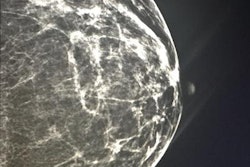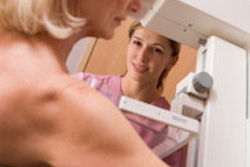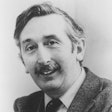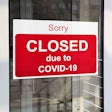A new report is predicting a crisis in staffing for breast cancer screening services in the U.K. In a study released on 21 April, a group led by researchers from the Royal College of Radiologists (RCR) describes the country's breast screening program as already understaffed and facing worsening personnel problems in the coming years.
The report found that many sites in the National Health Service (NHS) Breast Screening Program are already understaffed, with the problem only likely to get worse as consulting radiologists retire in the future. Complicating matters could be efforts underway to expand breast screening to more women in the U.K.
"The future of breast cancer screening services is at risk without urgent investment in the workforce," said Dr. Hilary Dobson, chair of the British Society of Breast Radiology, which worked with the RCR on the report.
Looming crisis
Breast cancer is a leading cause of death in women and is the most common cancer in the U.K., with 42,000 new cases diagnosed in England in 2012, the most recent year for which figures are available. The establishment of a national breast screening program in the U.K. has led to a significant rise in both the number of breast cancer cases and in the complexity of diagnostic breast imaging.
The situation could worsen if proposals to expand mammography screening to a broader age range of women are adopted. Currently, only women ages 50 to 70 are covered by the program, but clinical trials are currently underway to determine whether this range should be expanded to women ages 47 to 73. This would increase the number of women covered by the program by 28%, from 8 million to 10.2 million, the report notes.
Another potential problem comes from the planned retirement of a cohort of radiologists who were appointed as NHS consultants in the late 1980s as part of the Forrest Report's recommendation to set up the breast screening program. Similar dynamics could occur among the radiographer workforce, although less is known about these professionals.
To investigate future breast screening workforce issues in more detail, the RCR collaborated on a survey of screening sites in collaboration with the British Society of Breast Radiology, NHS England, and Public Health England. The group developed an online survey with questions on number of professionals working in mammography, expected retirements, unfilled posts, and breast imaging activities.
The survey was emailed to all 96 units in the NHS Breast Screening Program, as well as 194 radiology departments in the U.K. Responses were received from 65% of the Breast Screening Program locations and 36% of the radiology departments, for a total of 132 respondents reflecting 467 breast radiologist posts in the country.
Responses disclosed the following disturbing trends:
- 25% of sites are already understaffed, with just one or two consulting radiologists on hand.
- 13% of breast radiologist posts in the U.K. are vacant (60 out of 467). Only 28 are expected to be filled in the next 12 months.
- In seven sites, there was just one breast radiologist working in the unit or department.
- Just over half of the breast radiologists (213 of 407) covered by the survey worked less than full time.
- 21% of breast radiologists are expected to retire by 2020, and 38% by 2025.
- Coming retirement rates vary regionally, with just over 50% of breast radiologists working in the West Midlands to retire by 2025, compared with just 7% in Northern Ireland.
The report's findings on breast screening are reflective of a larger workforce crisis in the U.K., according to Dr. Giles Maskell, president of the RCR.
"We do not have enough radiologists," Maskell said in a statement that accompanied the report. "The impact of this is being felt across the spectrum of cancer care from screening to treatment and follow-up. We will never achieve the best possible outcomes for patients if this is not addressed."
The full report is available by clicking here.



















